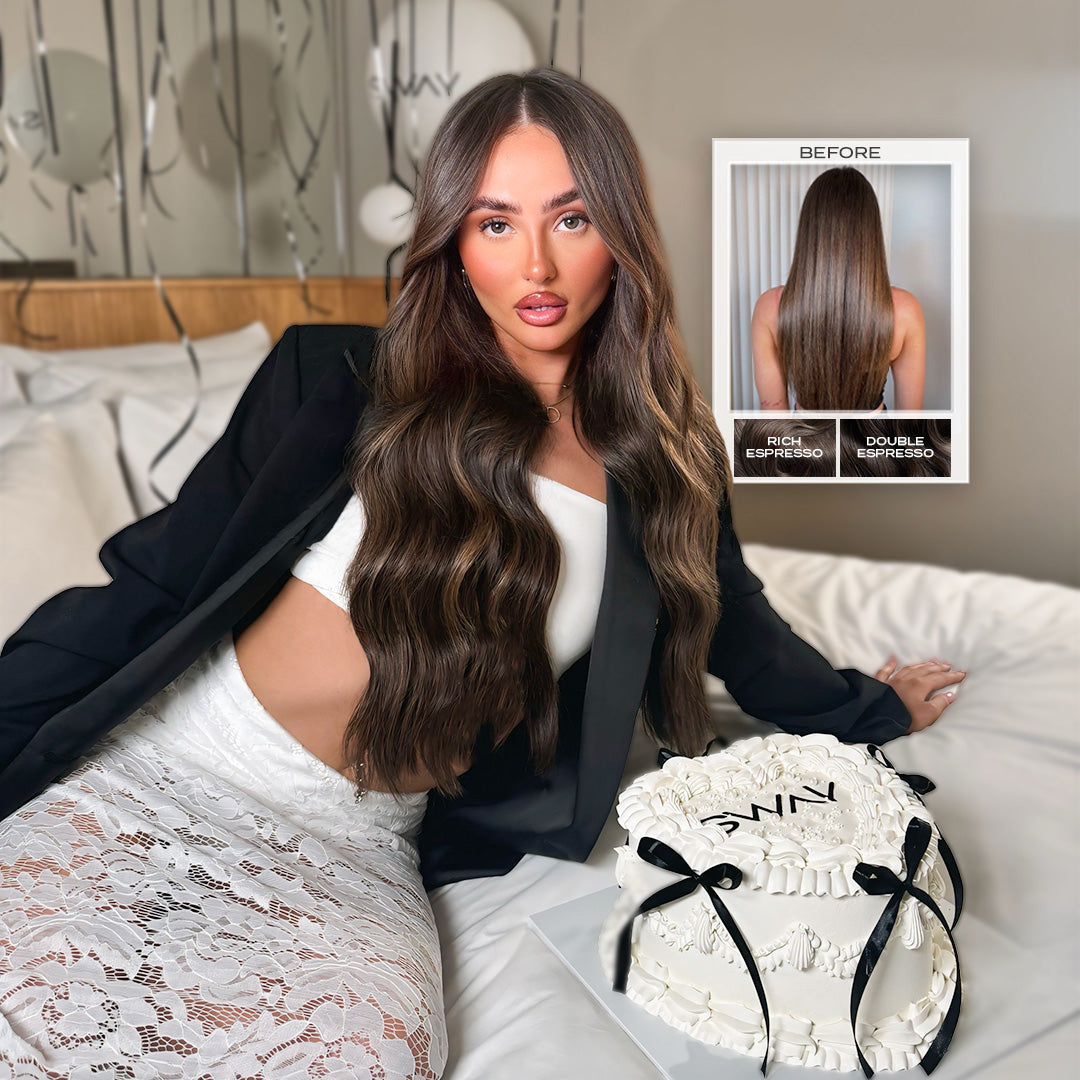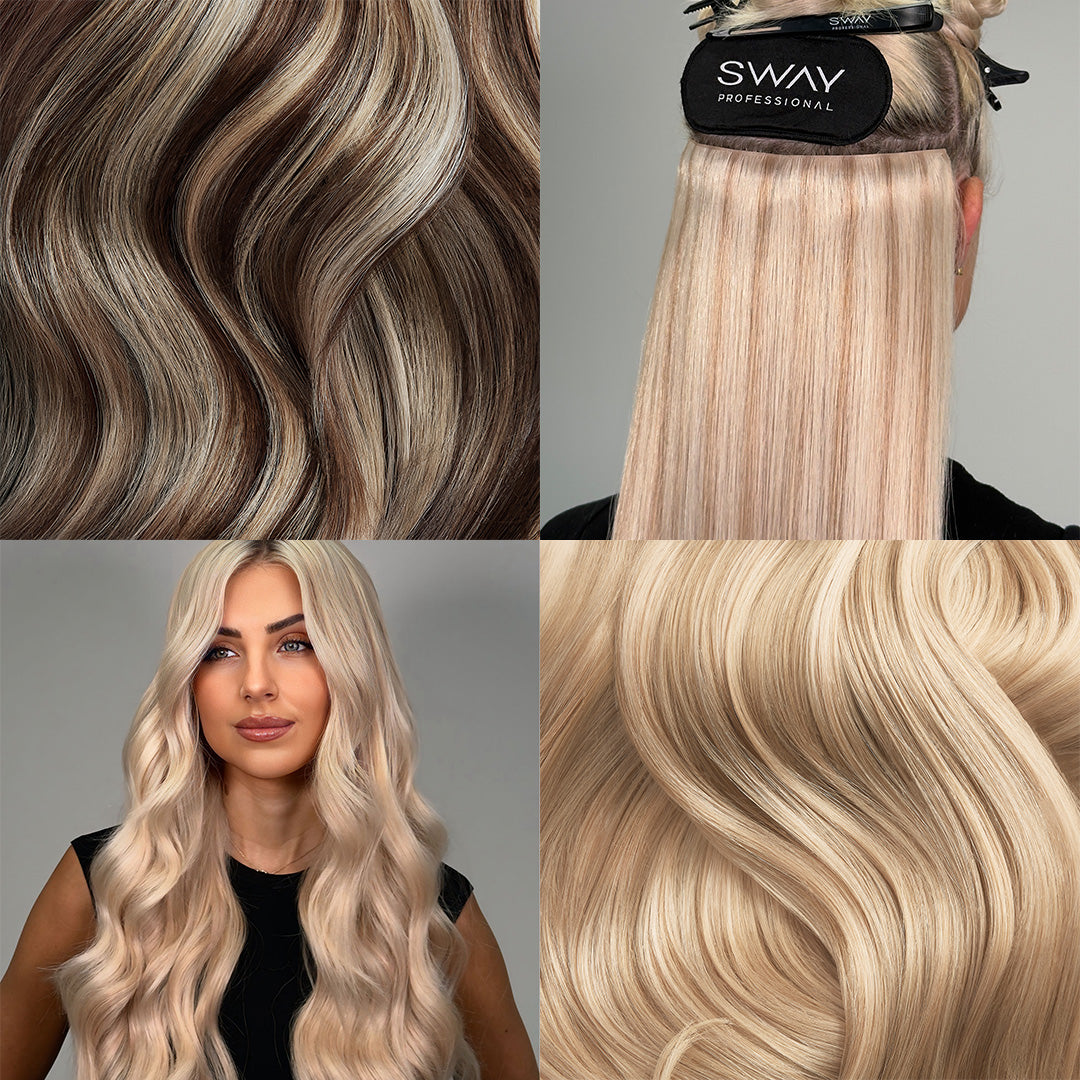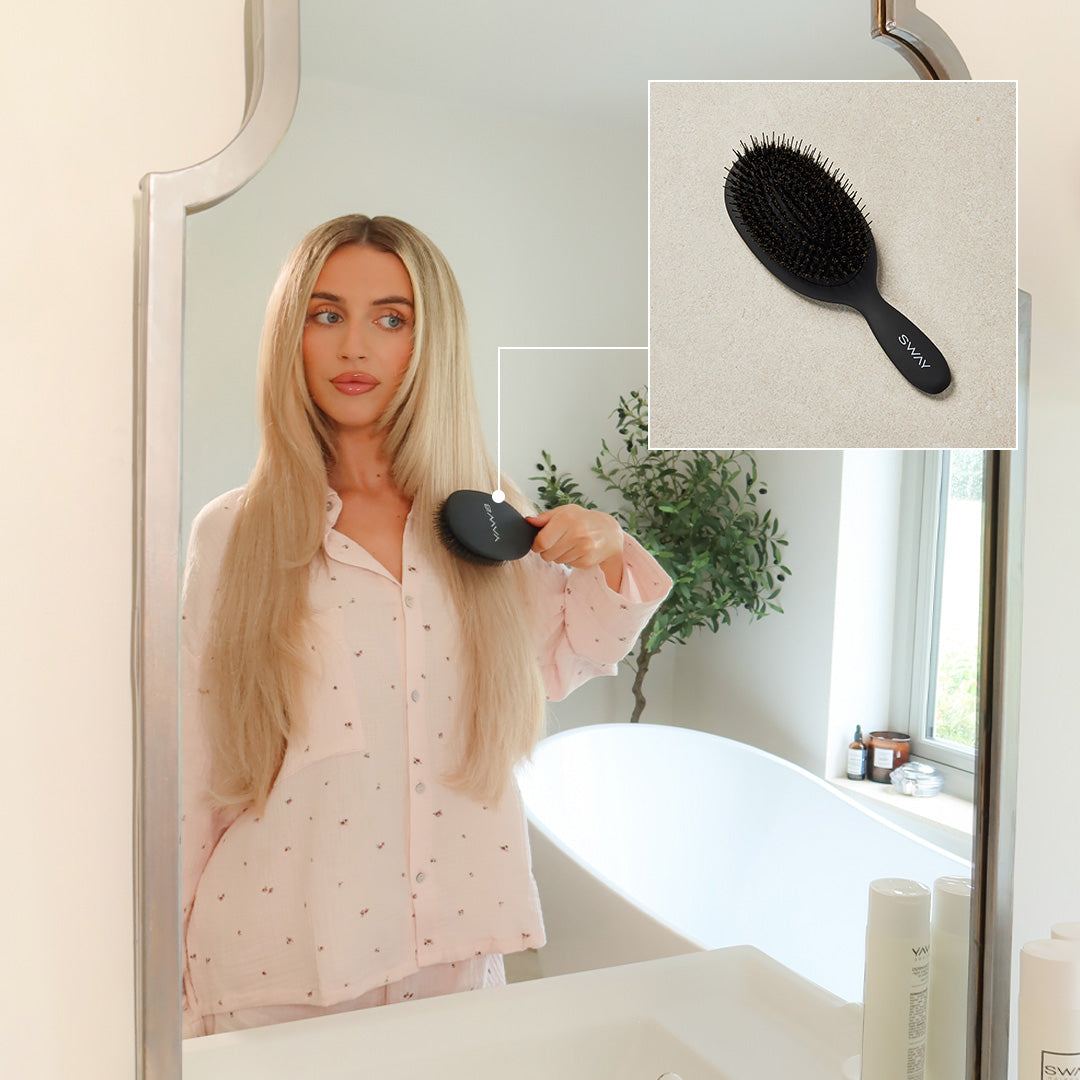Signs Your Hair is Healthy Enough for Extensions
If you’ve ever found yourself wondering, “Is my hair healthy enough for extensions?”, there are several key indicators that can help guide your decision. The first and perhaps most important is elasticity and strength. You can assess this by gently stretching a single strand of damp hair between your fingers. If the hair stretches slightly and then returns to its original length without snapping, that’s a good sign it has the elasticity required to handle the weight and pressure of extensions. However, if the hair breaks easily or feels brittle during the test, it may not be ready yet. Alongside this, check for minimal breakage and split ends. Healthy hair tends to have intact cuticles and strong ends, so if your brush or comb frequently fills with broken strands or you notice fraying at the tips, your hair may not currently be in the best shape for extensions.
Moisture balance is another key factor. If your hair feels dry, crunchy, or straw-like, it could be lacking hydration. Well-moisturised hair will feel soft, pliable, and smooth from root to tip. You should also assess your scalp health. A healthy scalp is free from irritation, flaking, or visible signs of inflammation. Conditions like dandruff or dermatitis can impact the longevity and comfort of hair extensions, so it’s important that the scalp is calm and balanced.
Lastly, consistent texture is a subtle but essential marker of readiness. If your hair has even porosity throughout, meaning it absorbs and retains moisture uniformly, it’s more likely to respond well to extensions. Rough or uneven patches could signal damage that might make wearing extensions problematic. If you're asking yourself, “Do I need healthy hair for extensions?”, the answer is yes. Healthy hair and a healthy scalp create the best foundation for a successful and long-lasting extension experience.
Common Hair Damage Indicators
Before booking your appointment or investing in your dream hair, it's vital to look out for common signs of damage. A major indicator is over-processed or chemically treated hair. If your hair has been subjected to repeated colouring, bleaching, relaxing, or perming, its internal structure may be compromised, leaving it fragile and prone to breakage. When the protein bonds in hair are repeatedly broken and reformed through these chemical processes, the hair's resilience deteriorates significantly.
Another concern is excessive shedding or thinning. While some hair fall is normal, a noticeable increase, especially if your hair feels lighter or you can see more of your scalp, may suggest an underlying health or hair condition that should be addressed before considering extensions. A history of heat damage is equally problematic. Frequent use of flat irons, curling wands, or high-temperature blow-drying can weaken your strands and leave them prone to snapping under the tension of extensions. Bleaching, in particular, strips hair of its natural moisture and can result in a porous, sponge-like texture that doesn't hold extensions well.
Chronically dry or frizzy strands are also a red flag. While a little frizz can be normal depending on your hair type, persistent dryness usually means your hair lacks the oils and hydration needed for strength and flexibility. If you’ve asked yourself, “Will hair extensions work on unhealthy hair?”, it’s essential to realise that damaged hair not only struggles to support extensions but can actually worsen with them, leading to breakage and further hair loss if applied prematurely.
DIY Tests You Can Do at Home
If you're not quite ready to visit a salon but are still wondering, “Will hair extensions work with my hair?”, there are a few simple at-home tests you can perform to assess the health of your strands and scalp. One of the easiest is the strand test for strength. Take a single strand of hair, gently pull it from each end, and observe how it behaves. Strong hair will stretch slightly and return to its original shape, while weak hair will snap with little tension. The elasticity snap test can be done during your usual wash routine. While your hair is still damp, gently stretch a few strands. If they snap without stretching, it’s a sign of low elasticity and fragility.
Another effective check is the porosity test, sometimes called the float test. Place a freshly washed, dry strand of hair into a glass of water and see what happens. Hair that floats for a while before slowly sinking is considered to have normal porosity, which is ideal. If it sinks rapidly, it’s likely highly porous and may not be able to retain the hydration and structure needed to support extensions.
In addition to strand-based assessments, it’s also crucial to evaluate the health of your scalp. Using a mirror and your fingertips, check for any signs of inflammation, redness, soreness, or flaking. A calm, comfortable scalp is essential, as irritation can worsen under the tension of installed extensions. These quick, cost-free tests can help answer the critical question: “Is my hair healthy enough for extensions?” and give you a good starting point for making an informed decision.
Speak to an Expert
If you’ve done all the home tests and still feel unsure, the best course of action is to speak to a hair expert. There’s no substitute for professional advice, especially when the long-term health of your hair is at stake. A trained stylist can assess the condition of your hair and scalp in more detail, identifying issues that may not be visible to the untrained eye. They can also recommend specific extension types that are more suitable for your hair’s current state, such as tape-in extensions for finer hair or nano bonds for those with stronger strands.
At SWAY, our expert customer service team is here to support you every step of the way. Whether you’re asking “Do I need healthy hair for extensions?” or “Will hair extensions work with my hair type?”, our specialists can help you navigate the options and determine whether you're ready or need a little prep time first. We understand that everyone’s hair journey is different, and we’re committed to helping you make the best decision for both your hair and lifestyle, so contact us today for further support on determining whether or not your hair is healthy enough for hair extensions.
When to Wait Before Getting Extensions
There are certain situations when it’s best to hold off on getting extensions, even if you’re tempted to dive in straight away. After undergoing major colour treatments or chemical relaxers, your hair may be in a fragile, weakened state and should be given time to recover before introducing additional stress. The same caution applies to postpartum hair changes. Following pregnancy, many women experience temporary hair shedding or thinning due to hormonal shifts. Installing extensions during this delicate phase could exacerbate the issue.
Another important time to delay is if you’re experiencing an active scalp condition such as dermatitis, psoriasis, or fungal infections. These conditions not only make the application process uncomfortable but could also worsen with the added tension and adhesives used in certain extension types. In these instances, you may be asking, “Will hair extensions work on unhealthy hair?”, and the honest answer is no, not yet. It’s far better to focus on recovery first, then revisit the idea of extensions once your hair and scalp are back in balance.
Tips to Improve Your Hair Health Before Getting Extensions
If your goal is to strengthen your hair and scalp before extensions, there are several strategies that can help. Start with deep conditioning masks and serums like The Hair Hero that hydrate and nourish from within, replenishing the moisture lost from styling or environmental exposure. Protein treatments are also highly effective at rebuilding the hair’s internal structure, especially if your hair has been weakened by colour or heat. Avoiding further damage is just as crucial, so try to reduce the use of heated styling tools and pause any chemical processing for a while.
Should you need to use heat styling tools like the AIRE Flow Hairdryer and the AIRE Multi Styler, always use a heat protectant spray beforehand. Regular trims will keep split ends at bay and promote healthier growth, while scalp massages can improve circulation and overall scalp health.
Incorporating hydrating shampoos and conditioners as well as serums like nourishing hair oil into your routine can offer targeted benefits and enhance your hair’s resilience. These steps not only prepare your hair for extensions but also improve its overall condition, making it easier to confidently say yes when you revisit the question, “Is my hair healthy enough for extensions?”




 Powered by
Powered by  – finance available up to 24 months
– finance available up to 24 months